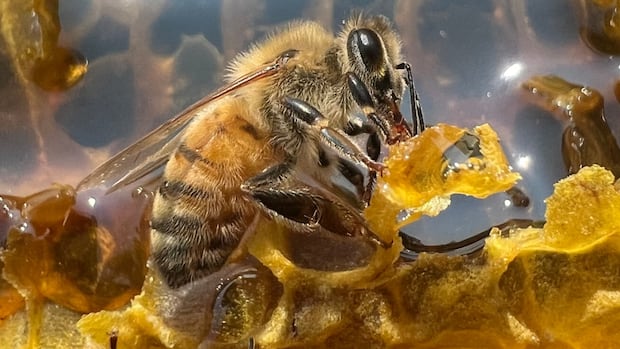Old, inactive oil and gas wells emitting almost 7 times more methane than official estimates

Inactive and abandoned oil and gas wells in Canada have been identified as a much larger climate problem than previously thought. A recent study conducted by researchers at McGill University revealed that these wells are emitting almost seven times more methane than the official estimates. Methane is a potent greenhouse gas that is responsible for a third of all global warming and traps 80 times more heat in the atmosphere than carbon dioxide.
The study, led by Mary Kang, an associate professor of civil engineering at McGill University, found that methane emissions from these inactive wells amount to about 230 kilotonnes yearly, significantly higher than the government’s current estimate of 34 kilotonnes. This discovery sheds light on the need to shift focus to addressing methane emissions from abandoned oil and gas sites, rather than solely concentrating on active ones.
Canada is home to approximately 470,000 non-producing wells, with the majority located in oil-rich Alberta and some in British Columbia, Saskatchewan, and Ontario. While about 68 percent of these wells have been plugged in some manner by their owners, the rest remain unplugged or their status is unknown. The study also estimated that around 50,000 wells in Canada are undocumented, with a significant portion located in Ontario.
The research highlighted that a small percentage of high-emitting wells are responsible for a large portion of methane leaks. By targeting these wells and exploring alternative uses, such as repurposing them for geothermal energy production, it is possible to prevent methane leaks and prioritize remediation efforts.
Residents living near these abandoned wells are already feeling the impacts of methane emissions. In southwestern Ontario, where over 23,000 legacy wells are scattered throughout the region, locals are experiencing health issues and environmental degradation due to leaking wells. The presence of hydrogen sulfide, a foul-smelling gas, in groundwater and the surrounding environment is causing significant concerns for residents.
Efforts to address leaking wells typically fall on landowners, placing a financial burden on them, especially when they may not even be aware of the number of legacy wells on their property. The provincial governments in Canada have programs in place to assist with remediation efforts, with Ontario recently allocating funds to develop a province-wide strategy for dealing with old wells.
In response to the alarming findings of the McGill study, Environment and Climate Change Canada has expressed interest in reviewing how methane emissions are estimated. By incorporating the new data into their calculations, the government aims to improve official estimates and implement more effective mitigation strategies to reduce methane emissions from abandoned oil and gas wells.
Overall, the study underscores the urgency of addressing methane emissions from inactive and abandoned wells in Canada. With a region-wide approach and increased funding for remediation efforts, it is possible to mitigate the environmental and health impacts of these leaking wells and contribute to the global effort to combat climate change.




